How To Remove Skin Tags From The Eyelids And Prevention Tips
Know what causes those annoying but harmless skin growths on your eyelids.

Image: Shutterstock
Skin tags are benign flesh-colored skin growths. They usually have a narrow stalk that protrudes from the skin’s surface. These tags can be bothersome, especially when they occur on the eyelids. You may want to remove the skin tags from your eyelids because of cosmetic or any other concerns.
Such skin tags on or around the eyes can be a little difficult to treat. This article discusses what skin tags are, why they appear on the eyelids, and how you can treat or prevent them. Keep reading!
 Trivia
TriviaIn This Article
What Is A Skin Tag?
A skin tag is a non-painful, benign growth of skin. A peduncle, or a little piece of skin tissue that resembles a stalk, attaches these growths to your skin. Skin tags grow for unknown reasons in some people. However, they are most common in locations where there is friction and the skin rubs against itself.
Skin tags on the eyelids are quite common. However, they can also be found on other parts of your body with skin folds – like the neck, armpits, groin, thighs, beneath the breasts, eyelids, and eyelash lines (1).
 Did You Know?
Did You Know?Eyelid skin tags are benign skin growths that can be a cosmetic concern for some individuals. Medical treatment or following an appropriate skin care routine may help alleviate the issue. Additionally, it is advised that you consult dermatology or ophthalmology experts for suitable removal options as these growths may affect eye health.
Are you wondering why skin tags appear on eyelids? Find out in the next section.
Why Do Skin Tags Appear On Eyelids?
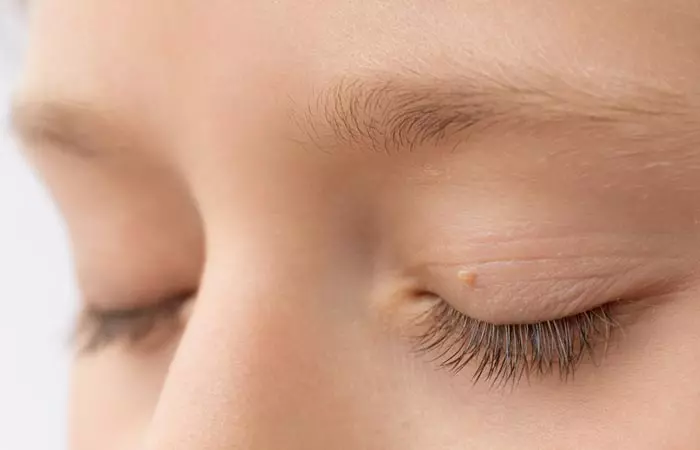
Skin tags comprise collagen and blood vessels and are enclosed by a layer of skin. The actual cause is unknown.
However, a few factors have been linked to the development of skin tags:
- Skin tags are most commonly seen in skin folds. Friction caused between the skin folds could be one possible cause.
- Those who are overweight or obese are more susceptible to skin tags, as they have additional skin folds (2).
- Skin tags can also be exacerbated by hormonal changes occurring during pregnancy (3).
- Skin tags are common in individuals with insulin resistance and diabetes (4), (5).
- Skin tags may also appear with age. These growths are more common in people in their 40s and 50s (2).
- Genes may play a major role in the development of skin tags.
Now that you know why skin tags appear on eyelids, let’s find out how to remove them.
How To Remove Skin Tags From Eyelids?

Skin tags on eyelids are not harmful. There might be a little impact on eyesight in a few instances. A skin tag on your eyelid may need to be removed if it is obstructing your vision or for cosmetic purposes. Always get skin tags removed by an expert dermatologist and avoid using home care remedies. Avoid taking advice from salon professionals for skin tag removal. As the skin on your eyelids is thin and delicate, even a slightly incorrect procedure may increase the risk of an eye infection, bleeding, or bruising. Most DIY skin tag-removal procedures are dangerous and unhygienic.
But how to get rid of skin tags on eyelids? A dermatologist can remove a skin tag in a few different ways. The size and placement of the skin tag will determine the best treatment for you. Dermatologists usually apply the appropriate topical anesthesia for painless removal of the skin tags. A dermatologist will ensure that the removal is done correctly and in a sterilized manner, ensuring there is no risk of infection.
Cryotherapy and electrosurgery are two common methods your dermatologist may use to remove skin tags.
Cryotherapy involves freezing the skin tag using liquid nitrogen. The extreme cold causes the tag to wither and eventually fall off. It is quick and usually painless, though some may feel a mild stinging sensation (6).
On the other hand, in electrosurgery, a tiny electrical current is used to remove the skin tag. It is precise and minimizes bleeding. However, there may be a brief burning smell and slight discomfort during the procedure (7).
Both methods are generally safe and effective, but the choice depends on factors like where the skin tag is located and its size.
Can you prevent skin tags altogether? Find out in the next section.
Prevention Tips

While you may not be able to prevent skin tags from forming or increasing in size, you may follow certain tips to prevent the chances of their occurrence:
- Exercise regularly at a low or medium intensity.
- Maintain a healthy weight and a balanced diet regimen.
- Avoid using products that irritate your skin.
- Keep the skin folds dry and clean. Apply talcum powder if required.
Risk Factors To Consider

Skin tags are more likely to appear due to the following factors:
- If you are obese or overweight
- If you’re pregnant
- If you have type 2 diabetes
- If you’re aged 40 or above
- If there is a history of skin tags in your family.
While skin tags are not malignant, such growths on the skin should be monitored. Most doctors recommend performing a self-skin check at least once a month, preferably after a shower or bath in a well-lit area. A comprehensive skin exam by a professional at least once a year is also recommended.
Can I Cut Off A Skin Tag With Nail Clippers?
Using a sharp blade, nail clippers, or scissors to cut or clip off a skin tag could be enticing. But attempting to remove any skin tag on the eyelid at home is not recommended as it can be dangerous. Consult your healthcare practitioner for more information. Cutting or clipping off medium or large skin tags may result in bleeding.
Infographic: Medical Procedures To Remove Skin Tags From The Eyelids
Skin tags are harmless growths found on your skin. Though not painful, they may irritate your skin and affect your confidence. While you can remove your skin tags at home, consulting a certified medical professional is safer.
Check out the infographic below to learn about the different medical procedures available to remove skin tags from the eyelids. Illustration: StyleCraze Design Team
Skin tags are skin-colored, benign growths that develop on areas such as eyelids, groin, neck, under the breast, or thighs. Multiple factors such as friction, obesity, hormonal changes, or age can lead to the development of skin tags on eyelids. It is highly recommended that you avoid removing skin tags at home to prevent bleeding and infection. Consult a dermatologist for safe and effective treatment procedures. While prevention of skin tags is not possible, you can follow proper hygiene, eat well, and exercise regularly to minimize their occurrence.
Frequently Asked Questions
Do skin tags on eyelids go away?
Sometimes, skin tags on the eyelids may go away on their own. But it is best not to wait for it and to remove them as soon as possible.
Can skin tags on eyelids be cancerous?
No, skin tags are non-cancerous growths.
How long does it take to remove a skin tag on eyelids?
It depends on the procedure your dermatologist decides to use. In case of ligation, the skin tag would fall off within a few weeks. Procedures like full excision or shave excision would take around 15-30 minutes to complete.
Key Takeaways
- While the exact causes of skin tags are unknown, the possible causes include hormonal changes, obesity, diabetes, genes, etc.
- Overweight individuals, pregnant women, and those above 40 are at a greater risk of developing them.
- DIY skin tag removal methods are often risky and increase the chances of bleeding and eye infections.
Illustration: How To Remove Skin Tags From The Eyelids And Prevention Tips
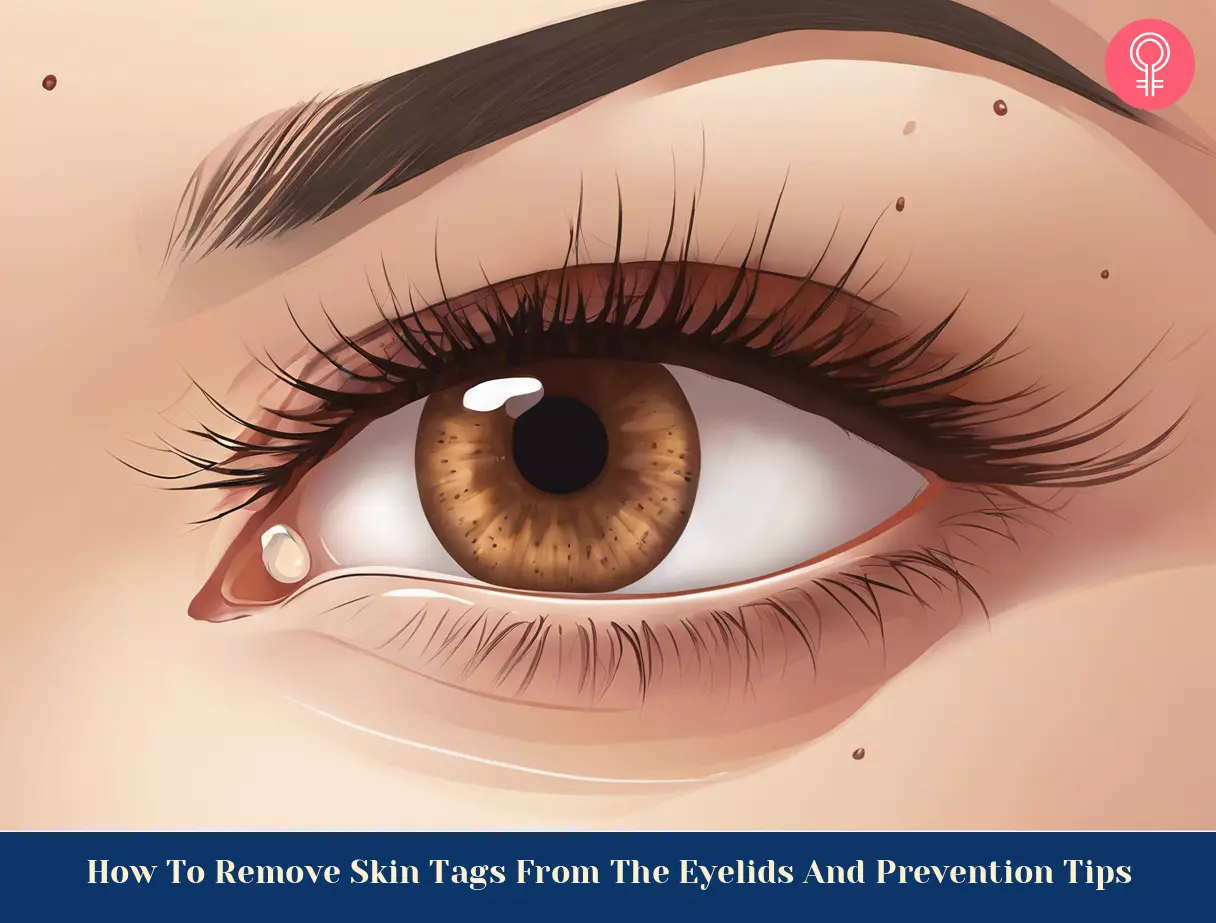
Image: Stable Diffusion/StyleCraze Design Team
References
Articles on StyleCraze are backed by verified information from peer-reviewed and academic research papers, reputed organizations, research institutions, and medical associations to ensure accuracy and relevance. Read our editorial policy to learn more.
- Skin Tags – StatPearls – NCBI Bookshelf
https://www.ncbi.nlm.nih.gov/books/NBK547724/ - A CLINICAL EVALUATION OF SKIN TAGS IN RELATION TO OBESITY TYPE 2 DIABETIS MELLITUS AGE AND SEX
https://www.ncbi.nlm.nih.gov/labs/pmc/articles/PMC3179001/ - A study of androgen and estrogen receptors α β in skin tags | Request PDF
https://www.researchgate.net/publication/43343308_A_study_of_androgen_and_estrogen_receptors_a_b_in_skin_tags - [Association between skin tags and insulin resistance]
https://pubmed.ncbi.nlm.nih.gov/20464083/ - Skin tags: a cutaneous marker for diabetes mellitus
https://pubmed.ncbi.nlm.nih.gov/2438887/ - Efficacy Evaluation of the Pixie® Skin Tag Cryogenic Device on Skin Tags in a Prospective, Single-Blinded, Randomized, Comparative Clinical Trial
https://www.ncbi.nlm.nih.gov/pmc/articles/PMC8163951/ - Electrosurgery for the Skin
https://www.aafp.org/pubs/afp/issues/2002/1001/p1259.html
Read full bio of Dr. Meena Konada
Read full bio of Anjali Sayee
Read full bio of Swathi E





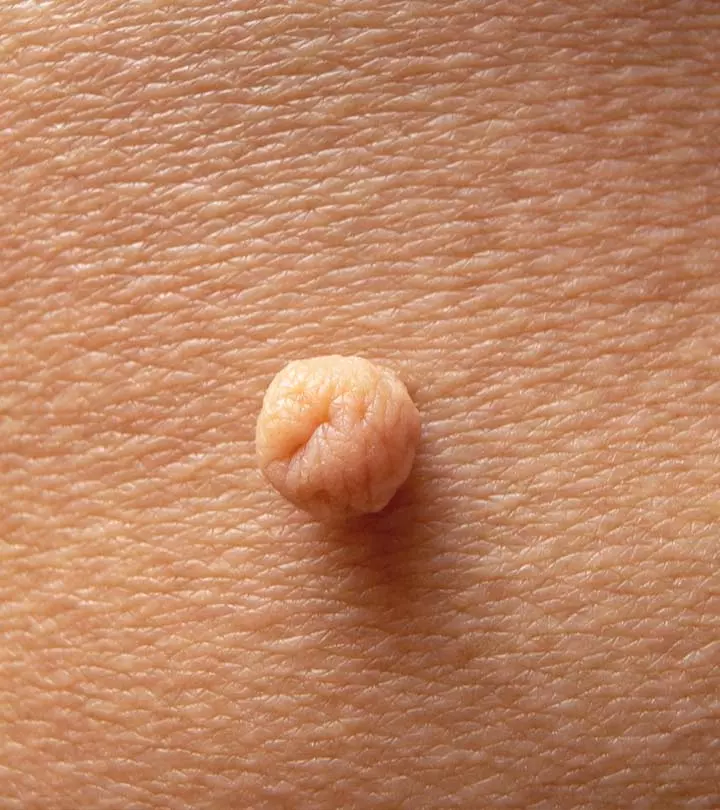

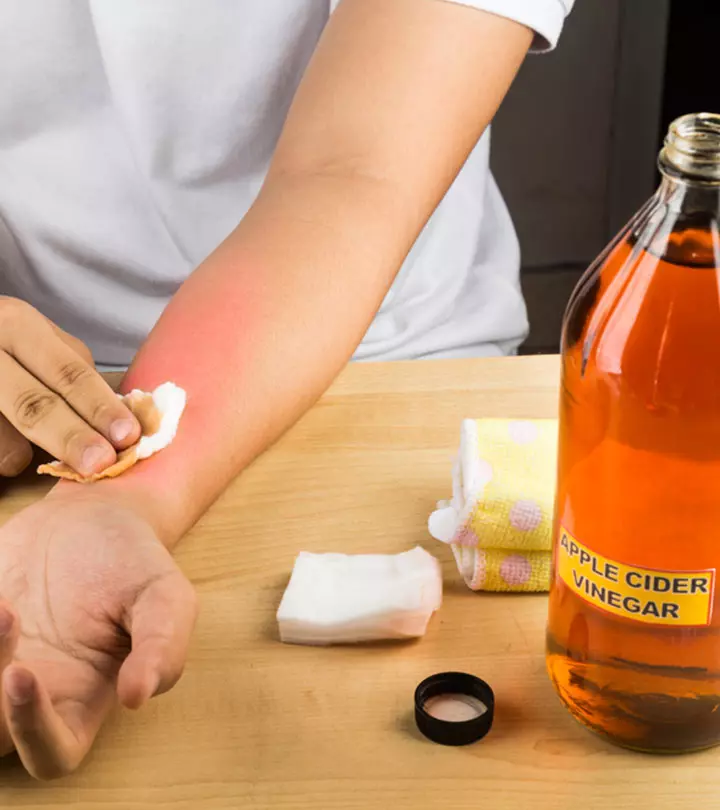
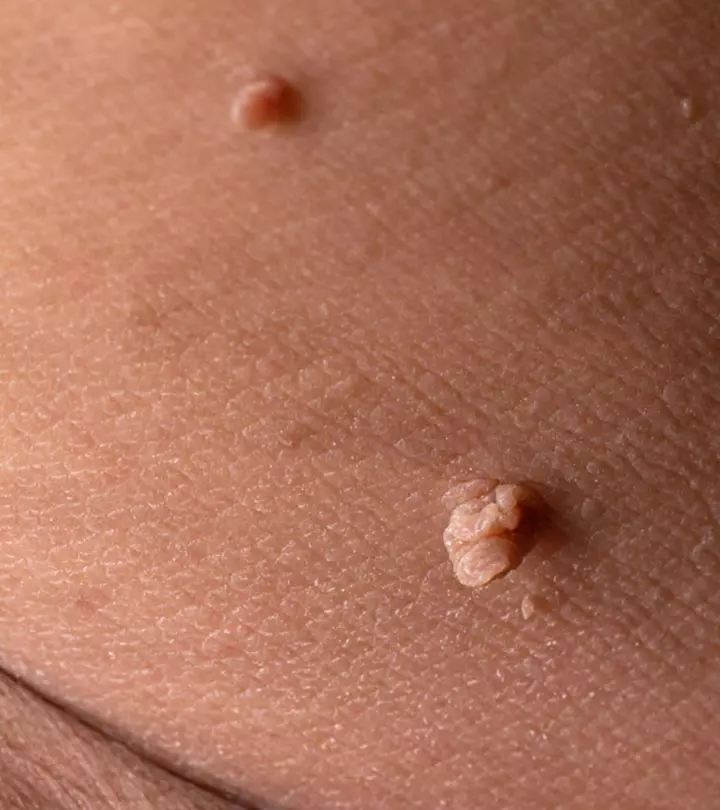


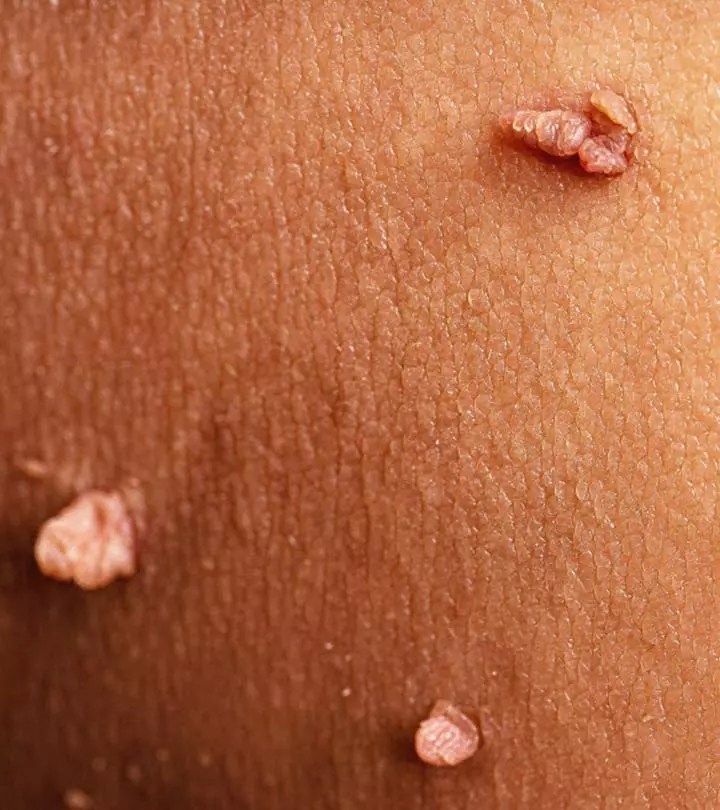

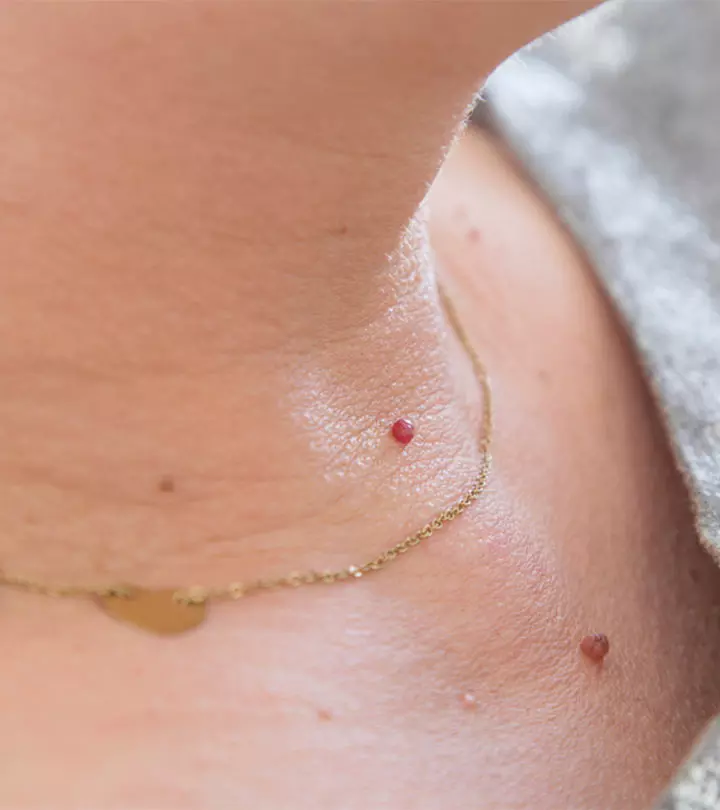


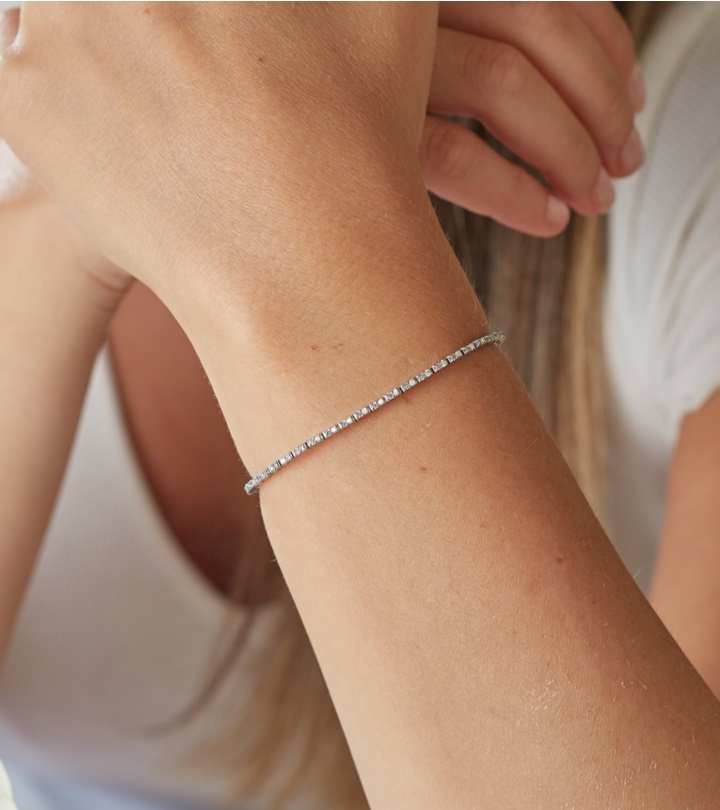



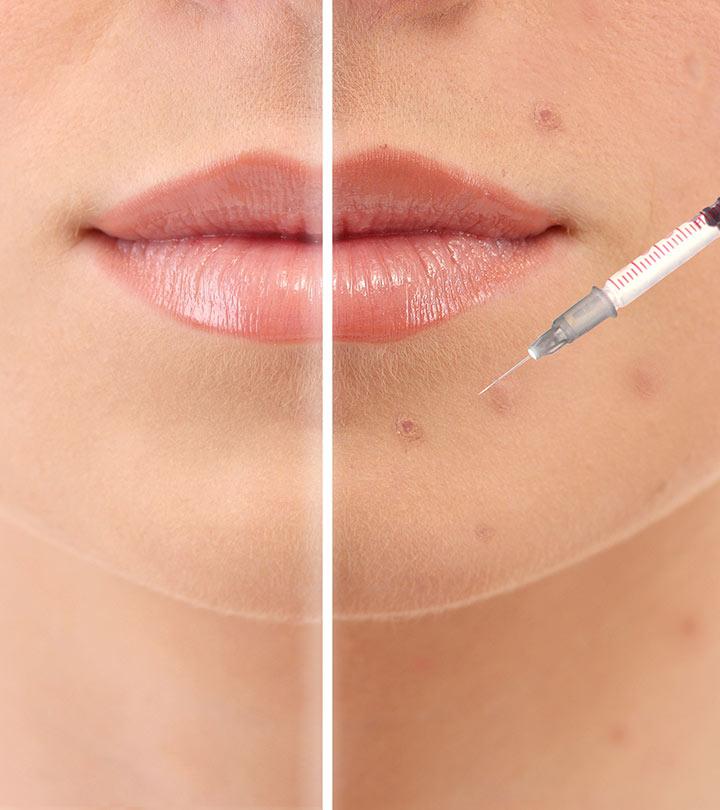





Community Experiences
Join the conversation and become a part of our empowering community! Share your stories, experiences, and insights to connect with other beauty, lifestyle, and health enthusiasts.